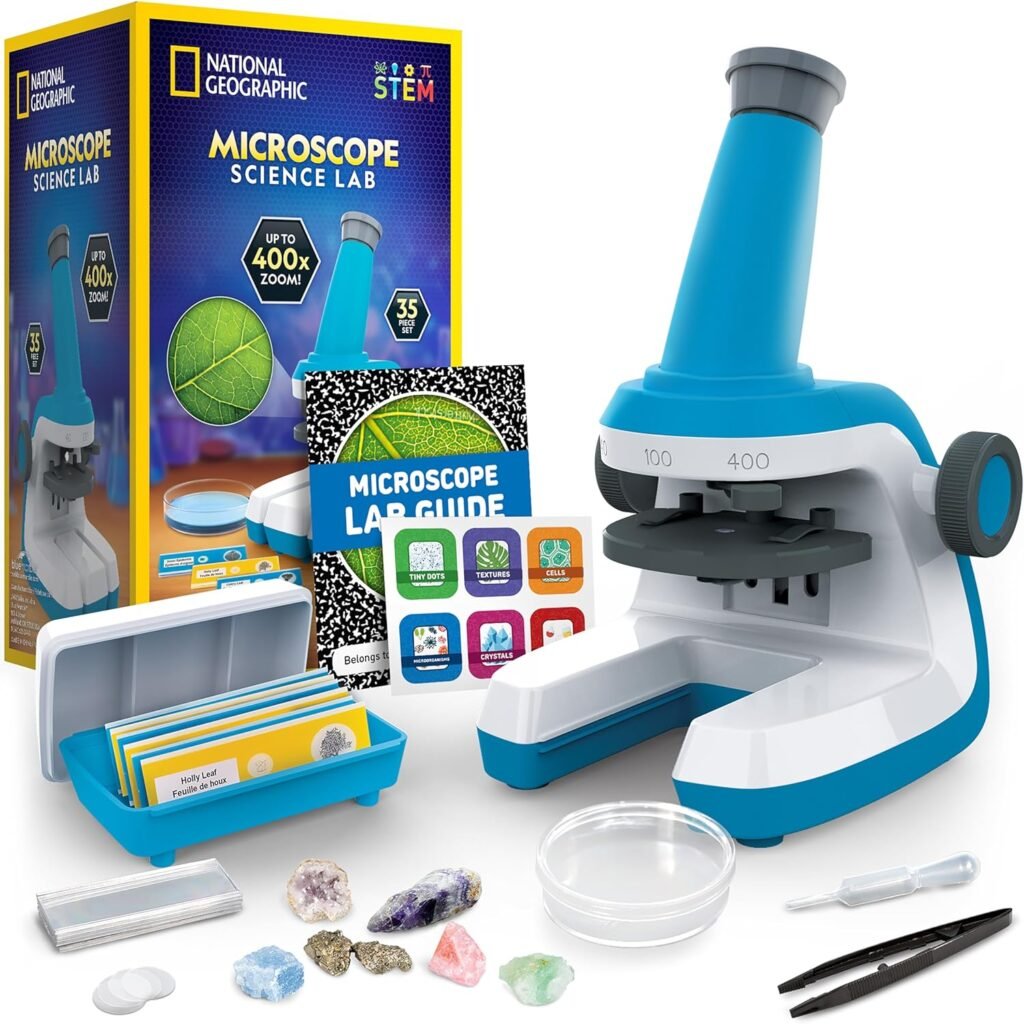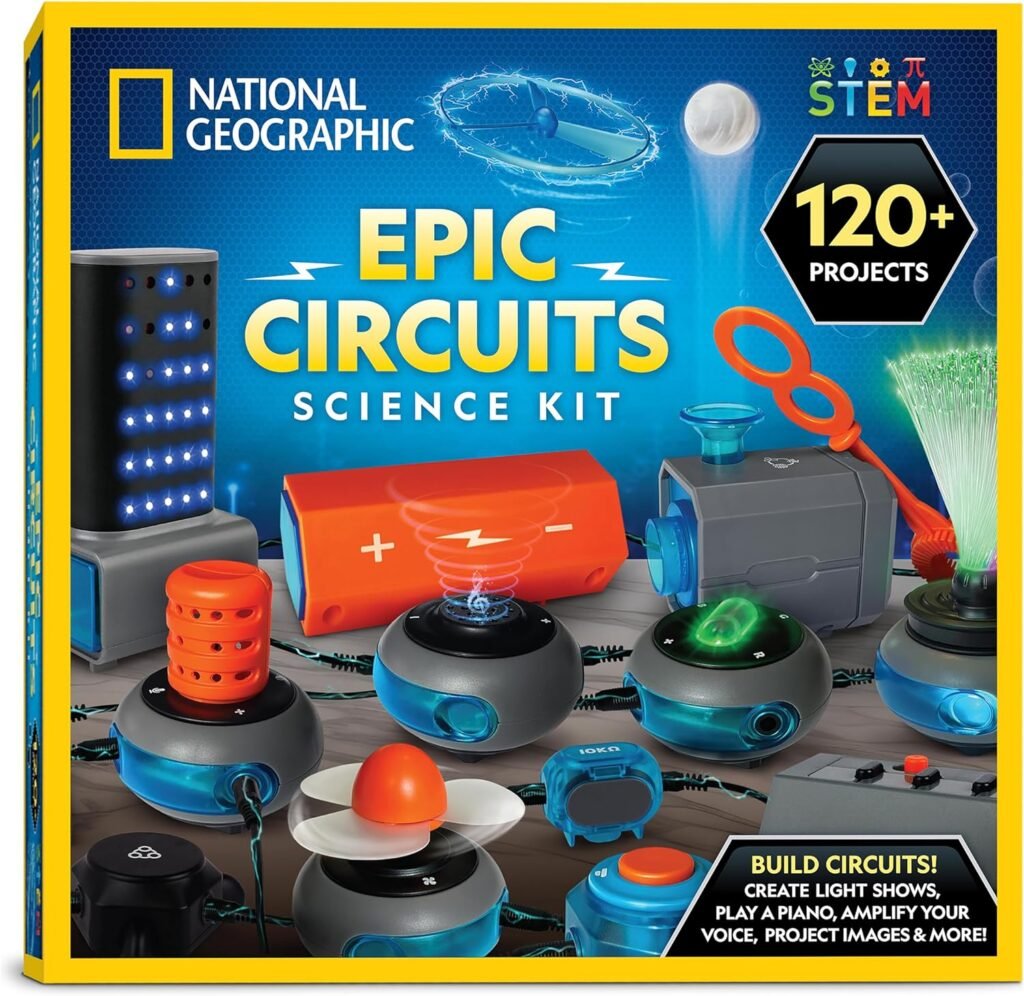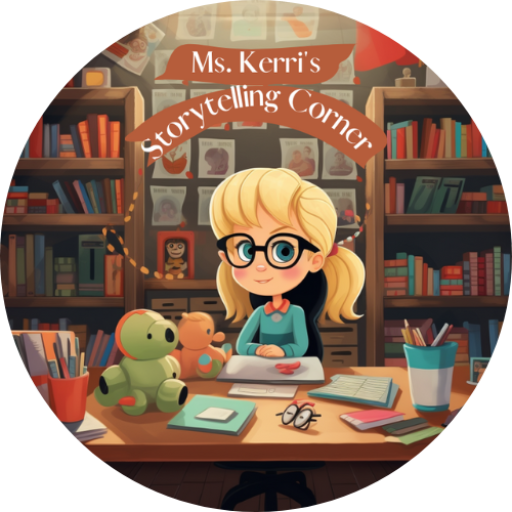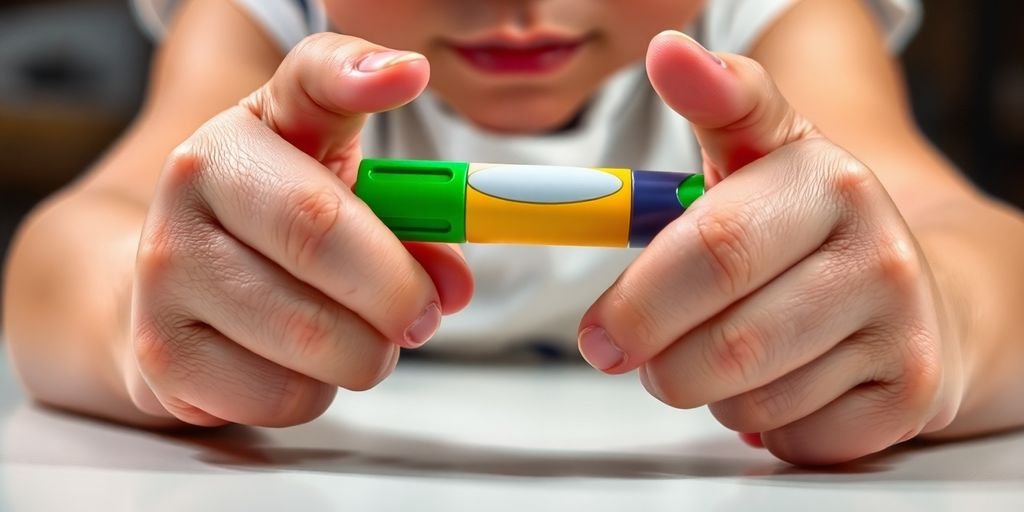Many of us grew up learning handwriting in a very set way, often through programs like Handwriting Without Tears. But what if there’s a better approach out there, especially for younger kids? This article explores some great kindergarten handwriting without tears alternatives that can make learning to write easier and more fun for everyone. We’ll look at methods that really help kids succeed, moving past old ways that might not work for every learner.
Key Takeaways
- Traditional handwriting methods often miss the mark for many students.
- Using different senses helps kids learn and remember how to write.
- Good handwriting skills are important for reading and writing success.
- Newer programs have solid proof they work for student handwriting.
- It’s easy to fit these new handwriting ideas into what kids are already learning in school.
Why Traditional Handwriting Methods Fall Short

Traditional handwriting instruction, while well-intentioned, often misses the mark for many students. It’s not that these methods are inherently bad, but rather that they don’t always account for the diverse ways children learn and the evolving needs of modern literacy.
The Limitations of Cursive Instruction
For years, cursive was the gold standard, seen as the pinnacle of handwriting proficiency. However, the emphasis on cursive can be problematic. Many children struggle with the complex letter formations, leading to frustration and a negative association with writing. Plus, let’s be honest, how often do adults actually use cursive in their daily lives? The time spent mastering cursive might be better used on skills that are more relevant in today’s digital world. It’s important to consider if teaching cursive handwriting is the best use of classroom time.
Addressing Diverse Learning Needs
One-size-fits-all approaches rarely work in education, and handwriting is no exception. Traditional methods often fail to accommodate students with learning differences like dyslexia or dysgraphia. These students may require specialized instruction and alternative strategies to develop legible and fluent handwriting. Ignoring these needs can lead to significant academic challenges and a lack of confidence in their writing abilities. It’s important to find a method that supports all learners.
Beyond Rote Practice
Traditional handwriting instruction often relies heavily on rote memorization and repetitive drills. While practice is important, simply copying letters over and over again isn’t always the most effective way to learn. Students need to understand the underlying principles of letter formation and develop a sense of how letters connect to form words. Without this understanding, handwriting can become a tedious and meaningless task. We need to move beyond simple practice drills and engage students in more meaningful writing activities.
Traditional handwriting methods can be limiting because they often don’t connect handwriting to broader literacy skills. When handwriting is taught in isolation, students may not see its relevance to reading, spelling, and composition. A more integrated approach can help students understand how handwriting supports their overall literacy development.
The Power of Multisensory Learning

Okay, so, traditional handwriting methods? They can be a bit of a drag, right? Especially when kids learn in different ways. That’s where multisensory learning comes in. It’s all about getting more than one sense involved – seeing, touching, hearing – to help things really stick. It’s not just about writing the letter ‘A’ a million times; it’s about feeling it, hearing it, and seeing it in action.
Engaging Multiple Senses for Retention
Multisensory learning is more effective because it creates multiple pathways in the brain. Think about it: if you just see something, you might forget it. But if you see it, hear it, and touch it, it’s way more likely to stick. It’s like building a superhighway of information in their minds. This approach is especially helpful for kids who struggle with traditional learning methods. It keeps them engaged and makes learning fun, not a chore. For example, using visual and auditory methods can significantly improve retention.
Tactile and Kinesthetic Approaches
Getting hands-on is a game-changer. Think about using things like playdough, sand, or even shaving cream to practice letter formation. It’s not just about writing on paper; it’s about feeling the shape of the letter. Kinesthetic activities, like using their whole body to form letters, can also be super effective. Imagine kids making the letter ‘C’ with their arms – it’s silly, but it works! This helps develop fine motor skills and makes learning more memorable. Here are some ideas:
- Using textured paper for writing practice.
- Building letters with blocks or pipe cleaners.
- Tracing letters in a sand tray.
Visual and Auditory Reinforcement
Visual aids, like colorful charts and diagrams, can make a big difference. And don’t forget about sound! Using songs, rhymes, and verbal cues can help kids remember letter sounds and formations. It’s all about creating a multisensory experience that reinforces learning. Multisensory lessons are key to this approach.
Multisensory learning isn’t just a fancy term; it’s a way to tap into how kids naturally learn. By engaging multiple senses, we can make learning more effective, more engaging, and more fun. It’s about creating a learning environment where every child can succeed.
Building Foundational Skills for Early Literacy
Connecting Handwriting to Reading and Writing
When kids form letters by hand, they start linking shapes with sounds and words. You can even pair letter practice with a sound matching activity to help them hear and write the same sound. Try simple routines:
- Trace letters while saying the starting sound out loud.
- Match a written letter to a spoken word (say “b” and then “bat”).
- Draw and label everyday items (like “cup” or “hat”).
Good letter habits early on make a difference.
Developing Fine Motor Control
Writing needs small muscles in the fingers and hand to get stronger. Here’s a quick look at how skills often grow:
| Age | Milestone |
|---|---|
| 3–4 yrs | Holds crayon with whole hand |
| 4–5 yrs | Uses pinch grip for small objects |
| 5–6 yrs | Forms letters with control |
You can help with games and toys that build grip:
- Squishing playdough or clay into shapes
- Pinching and placing clothespins on a box
- Threading beads on a string
Fostering Pre-Writing Readiness
Before a child ever picks up a pencil, they need big movements and eye-hand coordination. These activities set them up for smooth writing:
- Draw giant shapes on a chalkboard or on paper taped to the wall.
- Scribble with chalk outdoors or on a whiteboard.
- Tear or cut strips of paper to make collages.
Give kids time to move and explore before expecting neat lines. It makes the pencil work that comes later feel natural, not a chore.
Proven Impact on Student Handwriting Proficiency
Research-Backed Effectiveness
It’s one thing to say a method works, but it’s another to prove it. This approach has shown real results in improving how well students write. Studies show that kids using this method improve their handwriting skills more than those using traditional methods. For example, the Center for Research and Reform in Education at JHU did a study that showed a positive impact on student handwriting. Teaching handwriting significantly impacts brain development, especially in areas related to literacy.
Measuring Progress with Standardized Tools
How do we know it’s working? We use standardized tools to track progress. These tools help us see exactly where students are improving and where they might still need help. We look at things like letter formation, spacing, and overall legibility. This data helps teachers tailor their instruction to meet each student’s needs. It’s not just about guessing; it’s about seeing real, measurable improvement. We can measure handwriting proficiency with these tools.
Educator Endorsements and Success Stories
It’s not just about the numbers; it’s about the real-life impact on students and teachers. Educators who use this method rave about the changes they see in their classrooms. They report that students are more engaged, more confident, and more successful writers. Here are some common themes from educators:
- Increased student engagement
- Improved handwriting legibility
- Greater student confidence in writing
I’ve seen firsthand how this method can transform struggling writers into confident communicators. It’s not just about handwriting; it’s about building a foundation for lifelong literacy. The influence of handwriting skills during literacy acquisition is significant.

Seamless Integration into Literacy Curriculum
It’s important that any handwriting program doesn’t exist in a bubble. It needs to work with what you’re already doing in the classroom. This program is designed to fit right into your existing literacy curriculum, making it easier for you and more effective for your students. It’s not about adding more work; it’s about making the work you’re already doing more impactful.
Flexible Program Design for Classrooms
This program is built to be adaptable. You can use it in whole-group settings, small groups, or even for individual instruction. The lessons are structured, but they’re also easy to modify to meet the specific needs of your students. Think of it as a toolkit, not a rigid set of rules. You can pick and choose what works best for your classroom and your teaching style. It’s all about making bread at home baking easy and delightful.
Boosting Cognitive Development Through Writing
Writing isn’t just about forming letters; it’s about thinking, planning, and organizing ideas. This program helps students develop these cognitive skills by connecting handwriting to other areas of literacy. When students learn to write letters correctly, they also improve their reading comprehension and overall communication skills. It’s a win-win!
Supporting Explicit Teaching Strategies
This program provides clear, step-by-step instructions for teaching handwriting. It’s designed to support explicit teaching strategies, meaning that you’ll have the tools you need to explain concepts clearly and provide targeted practice. No more guessing or struggling to figure out how to teach a particular letter. The program gives you the support you need to help your students succeed. Here are some ways to support teaching strategies:
- Provide clear models of letter formation.
- Offer immediate feedback on student work.
- Break down complex skills into smaller, manageable steps.
By integrating handwriting instruction with other literacy activities, you can create a more engaging and effective learning experience for your students. This approach helps students see the connection between handwriting and other important skills, such as reading, spelling, and composition.
Supporting All Learners Including Special Needs

It’s super important that any handwriting program works for all kids, no matter their challenges. Some kids might be left-handed, have learning differences, or even physical limitations. A good program needs to be flexible and adaptable.
Accommodating Left-Handed Students
Left-handed kids often struggle with handwriting because traditional methods are designed for right-handers. The angle of the paper and the way letters are formed can be tricky. It’s important to teach them how to position their paper correctly (usually tilted to the right) and to use a grip that doesn’t hook their wrist. Providing adapted worksheets can also help a lot.
Addressing Learning Challenges
Kids with dyslexia, dysgraphia, or ADHD might find handwriting particularly difficult. For these students, breaking down letter formation into smaller steps is key. Using multisensory activities can also help them remember the shapes and movements. For example:
- Tracing letters in sand or shaving cream
- Building letters with play dough
- Using verbal cues to describe how to form each letter
It’s also important to be patient and provide lots of positive reinforcement. Celebrate small victories and focus on progress, not perfection.
Overcoming Physical Limitations
Some students might have physical limitations that make handwriting difficult. This could be due to cerebral palsy, arthritis, or other conditions. In these cases, adaptive tools like pencil grips, slant boards, or even assistive technology can make a big difference. Occupational therapists can be a great resource for finding the right tools and strategies. The goal is to make writing as comfortable and accessible as possible, so they can focus on developing automaticity and expressing their ideas.
Cultivating Functional Writing for Speed and Fluency

Prioritizing Legibility Over Fancy Styles
Let’s be real, nobody cares if your handwriting looks like it belongs in a calligraphy book if they can’t actually read it. The goal isn’t artistic expression; it’s clear communication. We’re talking about functional writing here, the kind you use for notes, tests, and filling out forms. Forget the loops and swirls that slow you down. It’s all about getting your thoughts on paper quickly and in a way that others (and your future self) can understand.
Developing Automaticity in Letter Formation
Think about driving a car. At first, you’re hyper-aware of every little thing – the steering wheel, the pedals, the mirrors. But after a while, it becomes second nature. That’s what we want with handwriting.
Here’s how to get there:
- Consistent practice: Short, regular sessions are better than marathon writing sessions once a month.
- Focus on the basics: Master the correct formation of each letter before trying to speed things up. early literacy success depends on it.
- Use multisensory techniques: Engage sight, sound, and touch to reinforce letter formation.
Automaticity comes from repetition and reinforcement. The more you practice forming letters correctly, the more natural it will become, freeing up your cognitive resources for the actual content of your writing.
Encouraging Independent Writing
Okay, so you’ve got the basics down. Now it’s time to put those skills to work in the real world. Encourage kids to write, write, write! It doesn’t have to be perfect, and it doesn’t have to be graded. The point is to get them comfortable with the act of writing.
Here are some ideas:
- Journaling: A daily journal is a great way to practice writing without the pressure of an audience.
- Note-taking: Encourage note-taking in class, even if it’s just a few key words or phrases.
- Creative writing: Short stories, poems, even just silly lists – anything that gets them writing is a win.
| Activity | Frequency | Focus |
|---|---|---|
| Journaling | Daily | Fluency, self-expression |
| Note-taking | As needed | Summarization, recall |
| Creative Writing | Weekly | Imagination, skill |
Wrapping It Up
So, there you have it. We’ve talked about how important it is for kids to get good at writing by hand. It’s not just about making letters look nice. It’s about helping them write faster and easier, which makes school stuff way less stressful. Programs like Handwriting Without Tears really help with this. They give kids the tools they need to write well, and that makes a big difference in how they learn and grow. It’s all about setting them up for success, one letter at a time.
Frequently Asked Questions
How is this handwriting program different from others?
This program uses a special way of teaching called multisensory learning. This means it uses touch, sight, and sound to help kids learn. It’s not just about writing letters over and over. This method makes learning more fun and helps kids remember things better.
Is this program good for all students, including those with special needs?
Yes, it does! This program was created by an occupational therapist, who is a specialist in helping people with daily tasks. It’s designed to help all kinds of learners, including kids who are left-handed, those with learning difficulties, or even physical challenges. It makes handwriting easier for everyone.
Has this program been proven to work?
A study done by the Center for Research and Reform in Education at Johns Hopkins University showed that this program really helps kids improve their handwriting. Teachers also love it because it works so well.
Can this program be used with our school’s current lessons?
Absolutely! This program is made to fit easily into your regular school day. It helps kids learn to write better and also helps their brains grow. It teaches clear steps for learning, which fits well with how schools already teach reading and writing.
Does this program teach cursive or just printing?
This program focuses on making handwriting clear and easy to read, not on fancy styles like cursive. It helps kids write letters quickly and without thinking too much about each stroke. This way, they can focus on what they want to write, not just how to write it.
What kind of letter formation does this program teach?
This program teaches simple, effective ways to form letters. It helps kids build strong handwriting skills that will last. It’s all about making sure kids can write well and confidently.


Ms. Kerri’s Corner provides a exciting virtual space for preschool learning. Through a variety of engaging activities, she exposes young minds to early math, literacy, science and social-emotional skills in a developmentally appropriate way. Centers for blocks, art, books and music allow children to explore hands-on learning at their own pace. Guided lessons subtly introduce number sense, letter sounds and narrative thinking. Careful observation gives insight into each child’s progress across domains. Viewers are also invited to participate, reinforcing that their ideas are valued. By making learning fun yet purposeful, Ms. Kerri lays the groundwork for future academic success while fostering creativity and imagination. Her program offers preschoolers valuable screen-based learning experiences.




